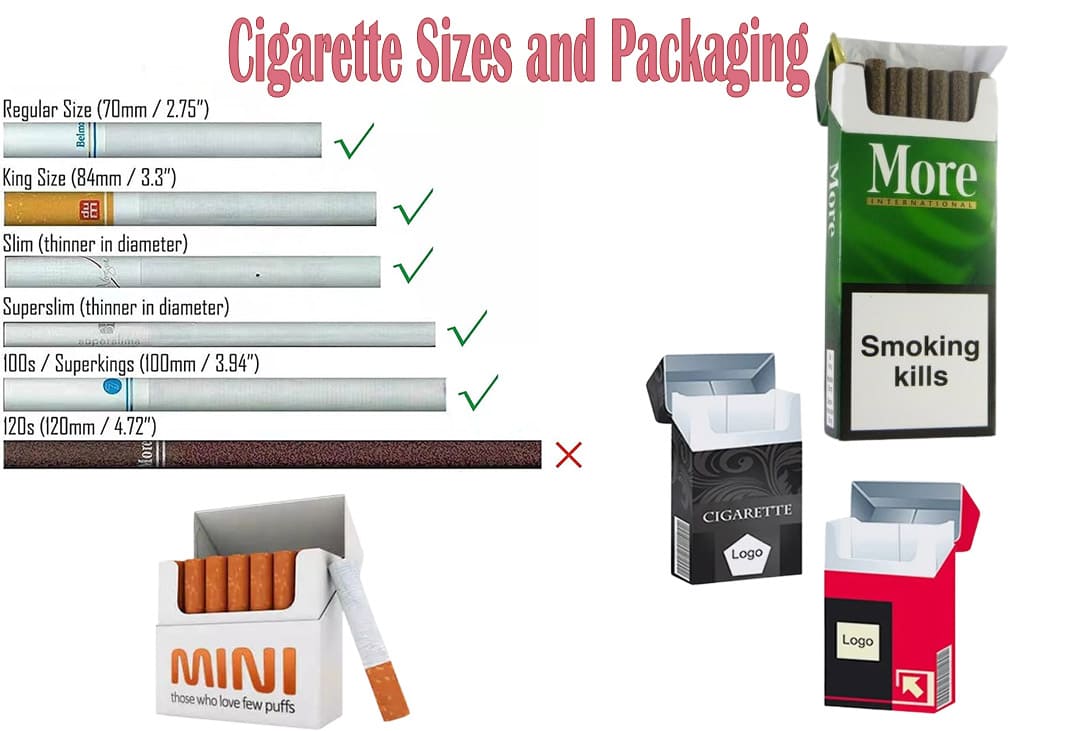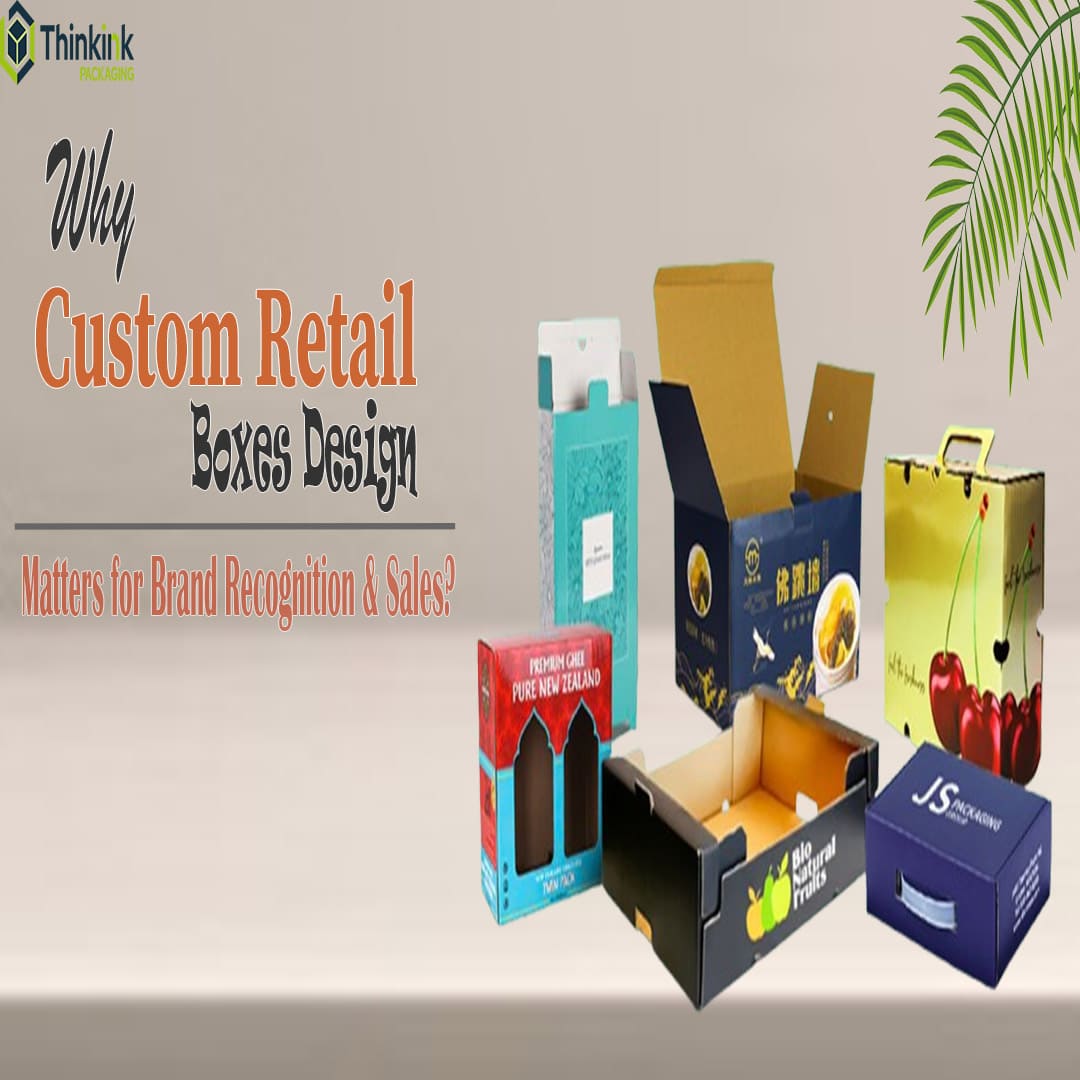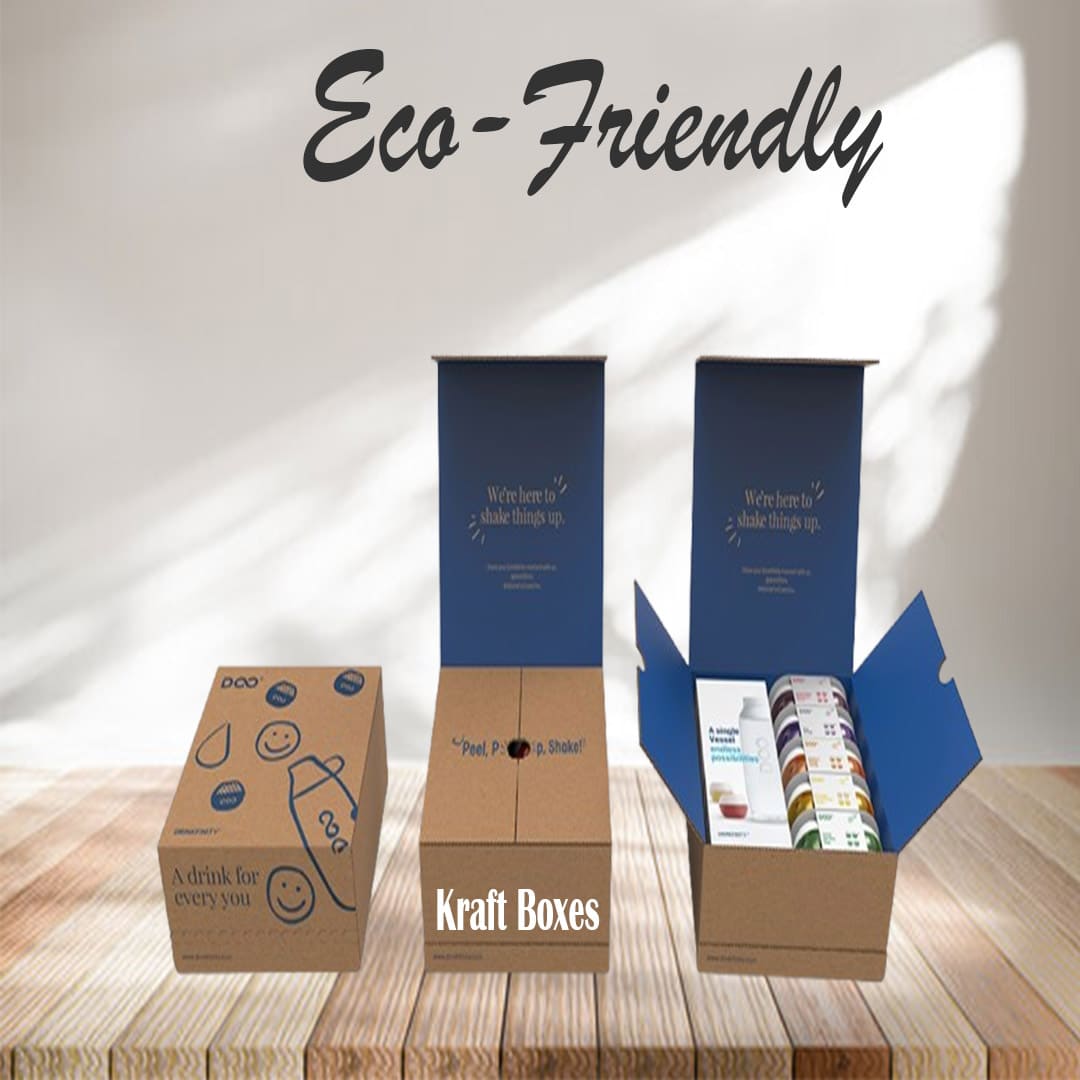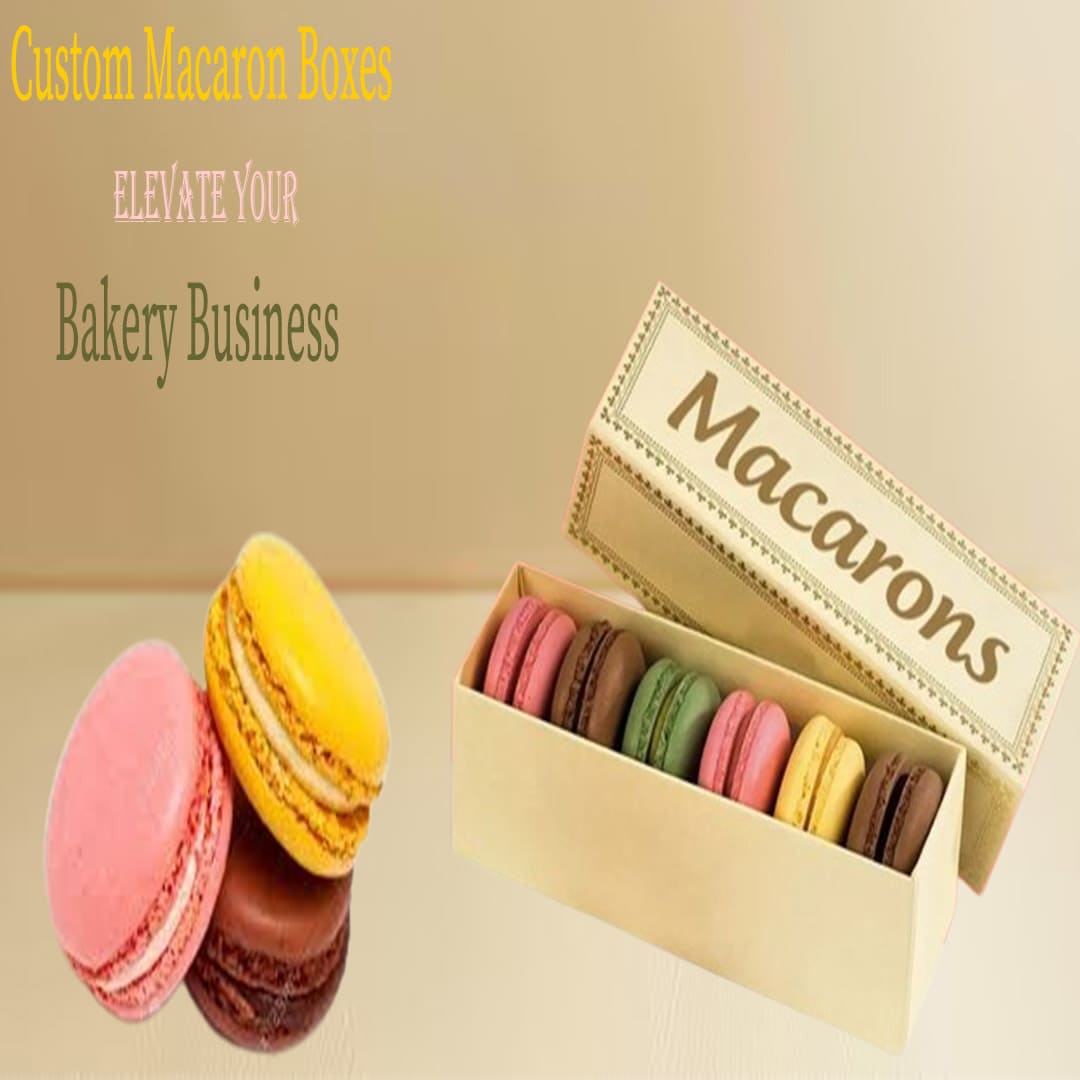
Table of Contents
- Why Cigarette Pack Sizes Are Not Always the Same Everywhere
- Hard Packs vs. Soft Packs: What is the Difference?
- The Business Side of Cigarette Packaging
- Cigarette Cartons: How Many Packs Are in a Box?
- A Look at Cigarette Packaging History
- How Cigarette Sizes and Packaging Affect Your Choice
- Cigarette Regulations and Health Warnings
- What Does the Future Hold for Cigarette Packaging?
- Final Thoughts
If you have ever found yourself asking, “How many cigarettes are in a pack?” you are not alone. Whether you are curious for personal reasons or just want to settle a debate, knowing the answer can be surprisingly useful. Let me walk you through everything you need to know about cigarette pack sizes, cigarette packaging, and why they vary depending on where you are.
In most cases, a standard cigarette pack contains 20 cigarettes. This might seem like common knowledge to seasoned smokers, but story behind cigarette pack sizes and why they differ in certain countries is far more interesting than you would expect.
Why Cigarette Pack Sizes Are Not Always the Same Everywhere
While 20 cigarettes per pack is the most common count worldwide, it is not a universal rule. In some places, pack sizes are regulated by government laws and tobacco policies. For example, the cigarette pack size in the US is typically 20 cigarettes, but cigarette pack sizes in Australia and Canada can vary depending on the brand or specific packaging regulations. There are even value packs with more cigarettes and smaller soft packs that may contain fewer.
This variation keeps things interesting, but it is also important for understanding cigarette regulations and how they impact the market. Countries regulate pack sizes to control consumption, set health standards, and enforce cigarette health warnings on packaging.
Hard Packs vs. Soft Packs: What is the Difference?
If you have ever noticed that some cigarette packs feel sturdier than others, that is because there are different types of packaging. The two most common styles are hard packs and soft packs.
A hard cigarette pack is the more popular option because it protects the cigarettes better and makes them last longer. The flip-top pack design is especially convenient for people on the go. On the other hand, soft packs are flexible and easier to carry, but cigarettes inside can get crushed more easily.
There is also a growing trend toward decorative cigarette packs and premium cigarette packaging, which give brands a chance to stand out on the shelf. Whether it is a slide pack or a sleek custom design, packaging plays a key role in how cigarettes are marketed and perceived.
The Business Side of Cigarette Packaging
Cigarette packaging is not just about keeping your smokes safe—it is also big business. Cigarette brand owners spend millions designing eye-catching packaging to attract consumers. But it is not all about looks. Government regulations require health warnings and specific information to appear on every pack.
In the US and other countries, cigarette taxation and strict tobacco product laws have a direct impact on the cost of packaging and production. If you have ever wondered why cigarette prices keep going up, it is largely due to government taxes on cigarette products and rising production costs.
Cigarette pricing strategies also depend on how brands position themselves in the market. Some aim for competitive cigarette pricing to attract budget-conscious smokers, while others focus on premium cigarette packaging to justify higher prices.
Cigarette Cartons: How Many Packs Are in a Box?

If you are buying cigarettes in bulk, you have probably encountered a cigarette carton. A carton typically contains 10 packs of cigarettes, meaning you’ll get 200 cigarettes in total. This is a popular option for regular smokers who want to stock up and save money.
In some places, though, the number of packs in a carton of cigarettes may vary depending on local laws or packaging practices. Some brands offer smaller cartons with fewer packs as part of their marketing strategy.
A Look at Cigarette Packaging History
Believe it or not, cigarette packaging has a long and fascinating history. The early 1900s saw the rise of the American Tobacco Company, which revolutionized the way cigarettes were packaged and sold. Before that, cigarettes were often sold loose or in small paper bundles. The introduction of flip-top packs made cigarettes more convenient to carry and helped establish modern packaging standards.
Over the years, packaging has evolved to meet new consumer demands and regulatory requirements. Today, everything from value packs to custom blank cigarette boxes is available, giving smokers more options than ever before.
How Cigarette Sizes and Packaging Affect Your Choice
Not all cigarettes are created equal. The cigarette sizes you choose can affect how long your cigarette lasts, how it tastes, and even how it’s packaged. Regular king-size cigarettes are the most common, but you’ll also find slimmer varieties, long-length options, and even decorative cigarette packs designed for special occasions.
Cigarette sizes are categorized into four main types based on their length and thickness.
-
Standard Size, typically around 70 to 85 mm (2.75 to 3.35 inches), is the most common and is sometimes referred to as King Size.
-
Long Size cigarettes, often 100 mm to120 mm (3.9 to 4.7 inches) or longer, offer a more extended smoking experience and are usually marketed as premium options.
-
Slim Size: For those seeking something different slim cigarettes are thinner and sometimes longer, providing a more stylish and lighter smoking experience.
-
Super Slims, an even narrower version, are growing in popularity for their sleek design.

Cigarette packaging plays a crucial role in reflecting these differences. Cigarette packaging suppliers work closely with brands to create functional and stylish designs that cater to consumer preferences. Some focus on easy-to-carry packs, while others emphasize luxury and exclusivity. For a deeper understanding of packaging trends and styles, check out Custom Cigarette Box Design Guide for more insights.
Cigarette Regulations and Health Warnings
Of course, no discussion of cigarette packaging would be complete without mentioning government cigarette regulations. Every pack must include cigarette health warnings to inform consumers of the risks associated with smoking. These warnings are often graphic and designed to deter people from smoking.
In addition to health warnings, many countries have strict tobacco product laws that dictate how cigarettes can be marketed and sold. These regulations help ensure that consumers have accurate information and can make informed choices.
What Does the Future Hold for Cigarette Packaging?
The cigarette industry is constantly evolving, and packaging is no exception. In recent years, there is been a push for plain packaging in some countries, which removes all branding and design elements from cigarette packs. The idea is to reduce the appeal of smoking, especially among young people.
At the same time, innovative custom cigarette boxes and premium packaging continue to pop up in markets that allow it. These designs help brands differentiate themselves and appeal to specific audiences.
We are also likely to see more focus on sustainable materials and eco-friendly packaging solutions as consumers become more environmentally conscious.
Final Thoughts
So, how many cigarettes are in a pack? Most of the time, it’s 20. But as you’ve learned, there is so much more to cigarette packaging than meets the eye. From cigarette pack size in the US to unique decorative cigarette packs, there is a lot to explore in this industry.
If you are curious about cigarette brands, cigarette pricing, or even the cost of cigarette production, the answers are out there. For practical tips on how brands succeed in this competitive market, check out Cigarette Brand Success Tips. Packaging is just one piece of the puzzle, but it plays a huge role in shaping the smoking experience.
Next time you pick up a pack, take a closer look—you might be surprised at what you notice!















